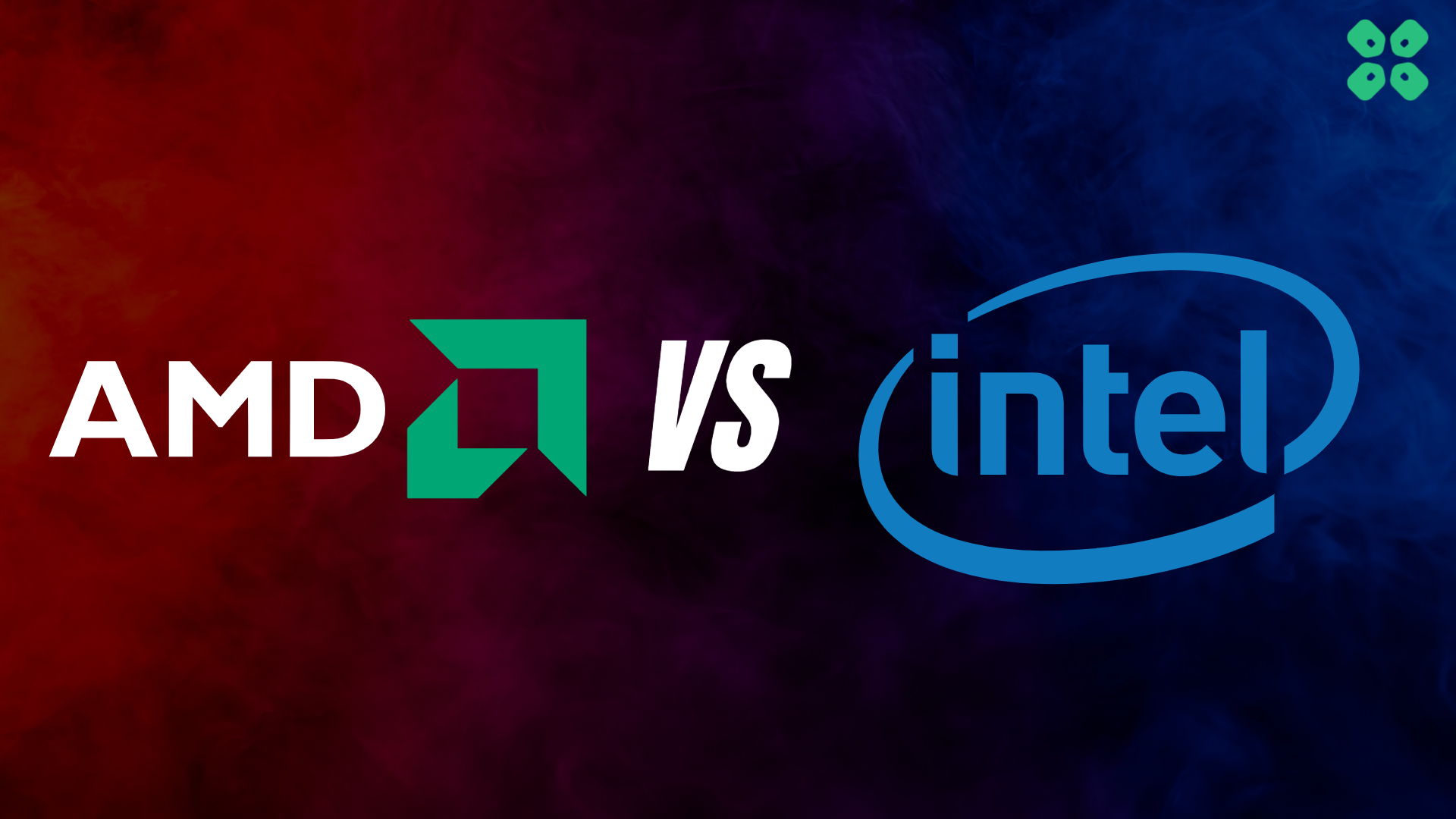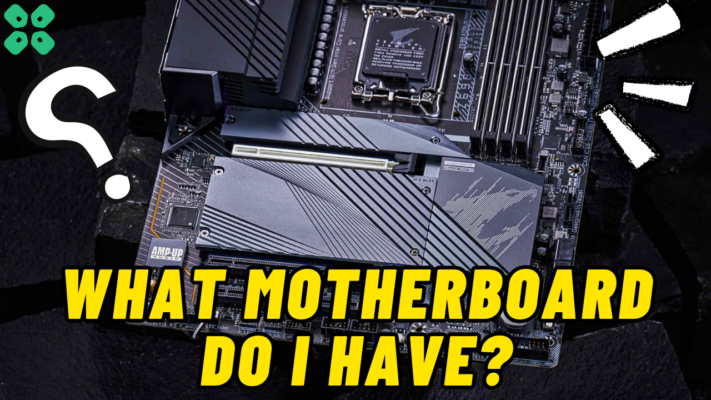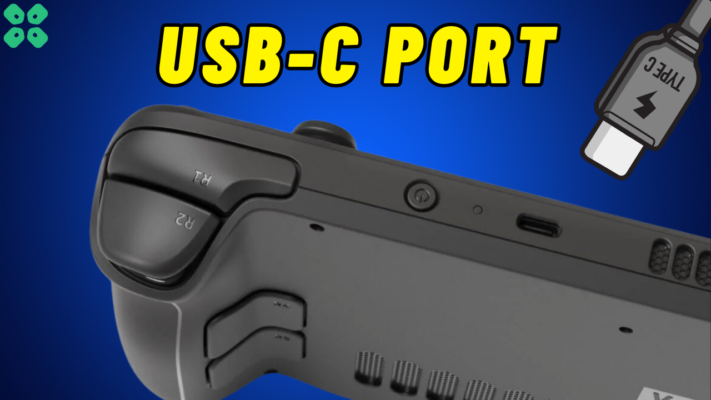Both Intel and AMD are separate Manufacturers that make the motherboards and CPUs used in PCs.
Since it does the majority of the calculations required to run computer programs and systems, the CPU is perhaps the most crucial component of the device. Usually expressed a CPU’s processing speed is indicated in megahertz (MHz) or gigahertz(GHz). All computers’ motherboards contain the electronics necessary for functioning with the CPU.
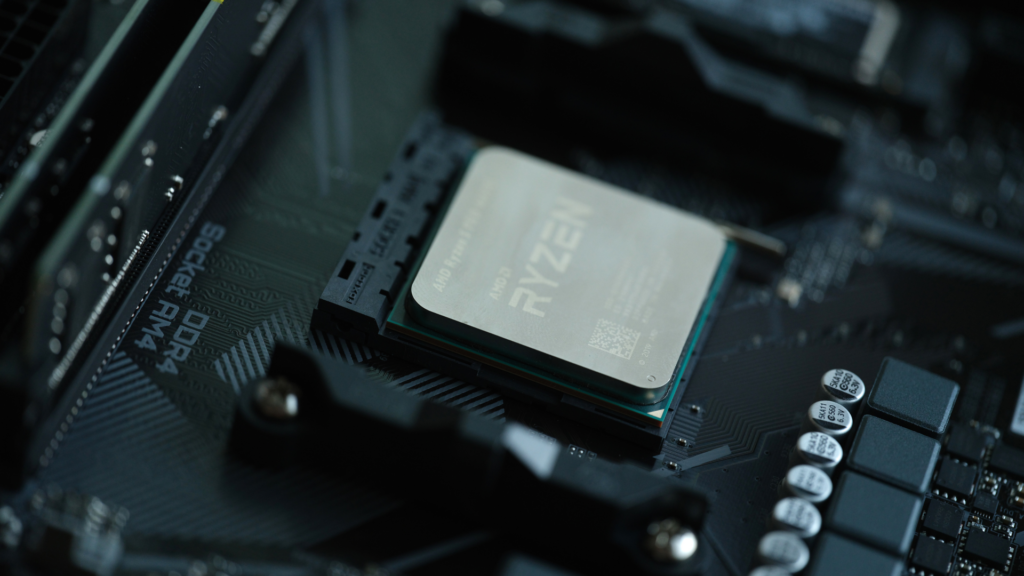
Price: AMD is a Better value.
While both AMD and Intel provide a selection of CPUs with different processing speeds and price points, Intel has a larger portion of the market. Both businesses have been producing computer parts for several years and are regarded as industry leaders in this area of research and development. It can be challenging to compare the products made by each of these two companies because they are distinct from one another. The fact that AMD often costs less than Intel is one of the most widely mentioned differences.

From the beginning, Intel has been the market leader in terms of developing circuit boards and CPUs. According to rumors, AMD has been driven by Intel’s pricing and technological advancements. As a result, in addition to manufacturing their own lines of motherboards and chips, AMD also makes imitations of Intel goods. Due to the nearly same functionality of the chips and circuit boards from AMD and Intel, but at a price that is around 50% less, some consumers prefer AMD over Intel.
Performance
The clock speed and the socket used to attach the processor to the computer are the other main differences between AMD and Intel processors, aside from the price. The amount of operations a computer can do in a clock cycle, typically one second, is known as the clock speed. Although AMD CPUs are more efficient than Intel ones, Intel processors are often snappier due to design differences. As a result, the Intel version of each chip typically outperforms its AMD rival. This is apparent as Intel has the edge in single-core performance. AMD Ryzen has a different strategy to compete with Intel, that is they increase the number of cores which makes them better at multithreaded operations and much more value for money.
Standards: Sockets & Architecture
A major consideration is a difference in sockets. Not only are the connectors incompatible, but the electrical specifications and operating instructions also vary. This is significant because if a computer’s processor were to malfunction in any way, a brand-new processor would have to be installed in its place. Upgrades to processors are possible but remember that brand consistency is required when doing so.
It goes without saying that if you are Team AMD you can’t use components from team Intel and vice versa, but this is only limited to Processor and motherboards, the rest of your components are interchangeable.
Side-by-Side Comparison
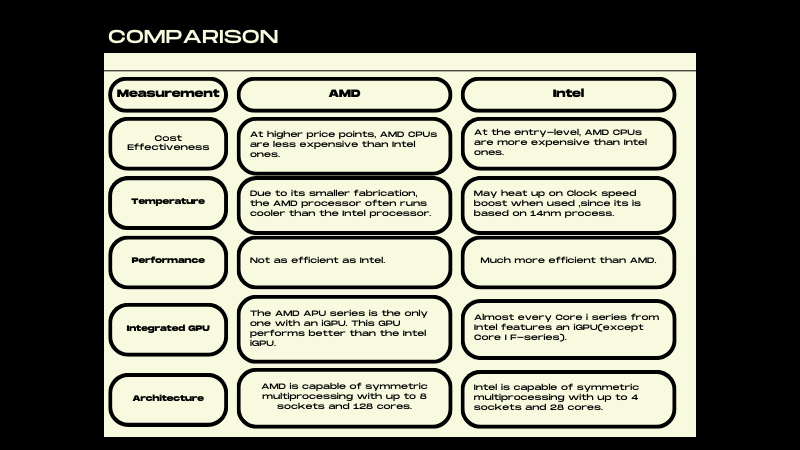
Conclusion
For a long time, Intel has dominated the CPU market worldwide with both leading performance and support but now with the latest AMD Ryzen series, Team Red is able to better compete with Team Blue and even beat them at price to performance especially in the higher end range as you can see in the table above.
Each has its own pros and cons as we’ve discussed, I would choose whichever one I can find a deal on to maximize price to performance but Intel will always be a safe bet for novice users especially. AMD is more for enthusiasts and advanced users who can troubleshoot issues as support is still less than Intel architectures.

